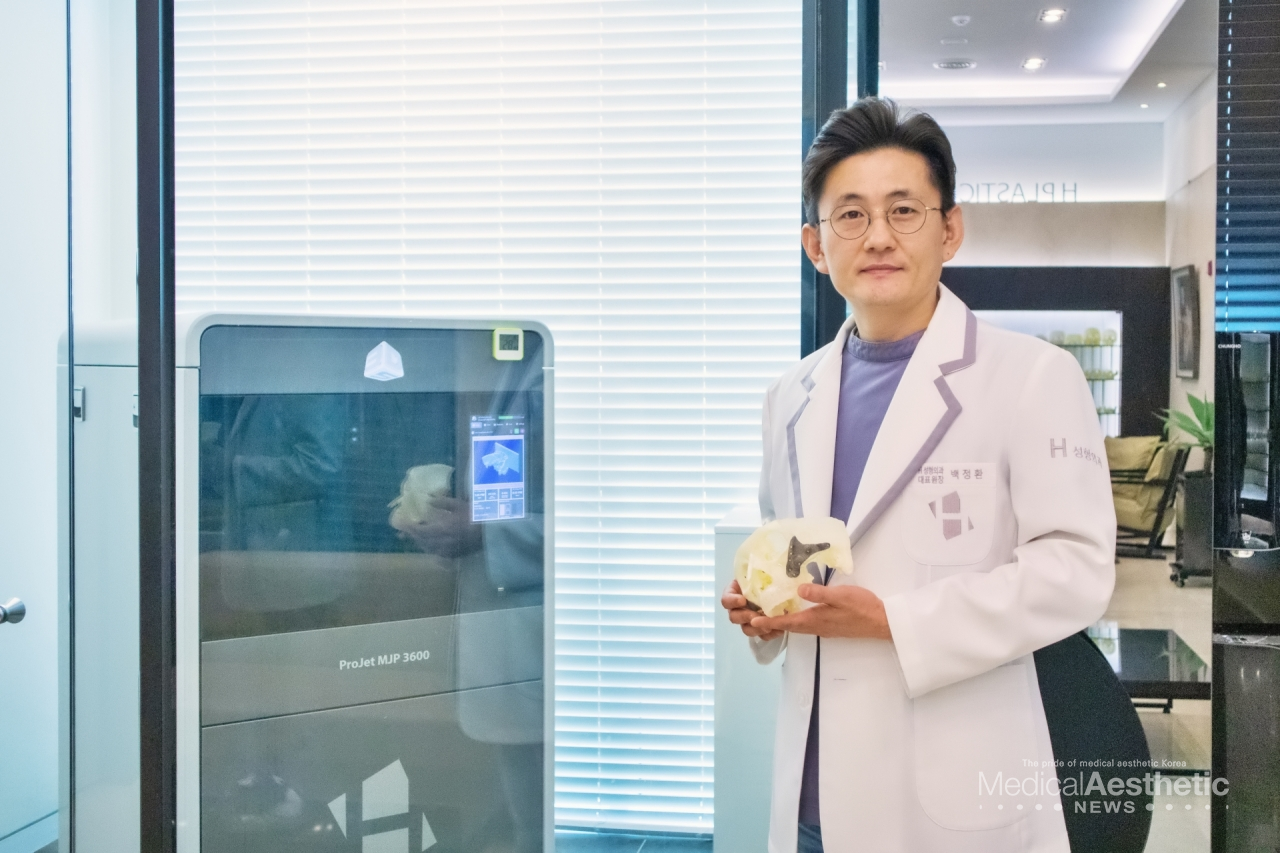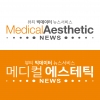The 3D printing market in aesthetic medicine is poised for further growth
3D Printing is a technology that creates three-dimensional objects using 3D modeling software by dividing them into multiple layers and stacking these layers one by one to achieve the final form. This 3D printing technology is being incorporated into plastic surgery, proving to be instrumental in overcoming the limitations of traditional plastic surgery procedures.
Bone resection is a common step in plastic surgeries such as facial contouring and orthognathic procedures. However, complications can arise, such as excessive bone removal and an awkward jawline or asymmetry after jaw surgery. In such cases, 3D printing technology is valuable for addressing deficient volume areas, reconstructing and restoring missing portions, and rebuilding collapsed structures.
After digitizing the patient's face with a 3D scanner, the data is processed through 3D modeling. Subsequently, a 3D printer is employed to produce a bone model sample. Customized prosthetics are then created to match the model's specific needs and utilized in surgery. In contrast to the past, where there were challenges regarding surgical convenience and accuracy, with variations in results depending on the physician's proficiency, 3D-printed bone models exhibit minimal discrepancies with the actual patient's bone shape. This advancement provides the advantage of achieving surgical outcomes resembling simulations performed with the printed bone model.
Furthermore, traditionally used prosthetics come in various types but are typically supplied in standardized conditions, leading to potential issues such as bone misalignment or mobility concerns. However, prosthetics made using 3D printing technology are specifically tailored for individual patients, reducing the likelihood of such problems as they align well with the patient's original bones. Currently, areas where 3D-printed prosthetics are widely utilized include the nose, forehead, anterior cheekbones, and chin. The materials commonly used in prosthesis production are metals (titanium), bone cement, PCL, and ceramics, which are still in development.
Patients who undergo surgery with prosthetics produced through 3D Printing generally express high satisfaction. Dr. Jung Hwan Baek of H Plastic Surgery, who has introduced 3D Printing in craniofacial plastic surgery, states, "In the case of reconstruction, as new bones are created where there were none before, patient satisfaction is remarkably high. 3D Printing has provided a new method for individuals with complexes or patients who had given up on improvement."

Dr. Baek also expressed, "I thought that 3D printing technology could be the solution for patients who were previously unreachable by conventional methods. There was no way to revert bones already resected, but 3D printing technology has made restoration possible." He stated, "Traditional prosthetics operated on the concept manufacturers produce and consumers use. Now, individuals can request the creation of prosthetics according to their preferences. 3D Printing has brought about a paradigm shift, expanding the areas where the technology can be introduced and utilized."
Although 3D printing technology has only recently become widespread, it has been in development for over 30 years. Initially, the technology faced challenges such as high costs and limited awareness among the general public. However, after President Obama's policy speech in 2013, 3D Printing became industrialized, and since then, the prices of 3D printer equipment have decreased. Currently, 3D Printing is employed in various applications, from surgical aids to prosthetics and dental implants. The utilization of 3D Printing extends beyond plastic surgery to fields such as otolaryngology, orthopedics, dentistry, and physical medicine and rehabilitation. Efforts are consistently being made globally to expand the application of 3D Printing in a broader range of medical fields.
Dr. Baek stated, "My goal is to serve as a stepping stone for those who wish to utilize 3D printing in the field of aesthetic medicine." He continued, "While the entry barrier into 3D Printing may be high, it is anticipated that the 3D printing market in the aesthetic medicine field will continue to grow. I hope to see more doctors actively incorporating 3D Printing and wish for its diverse applications across various medical fields."


